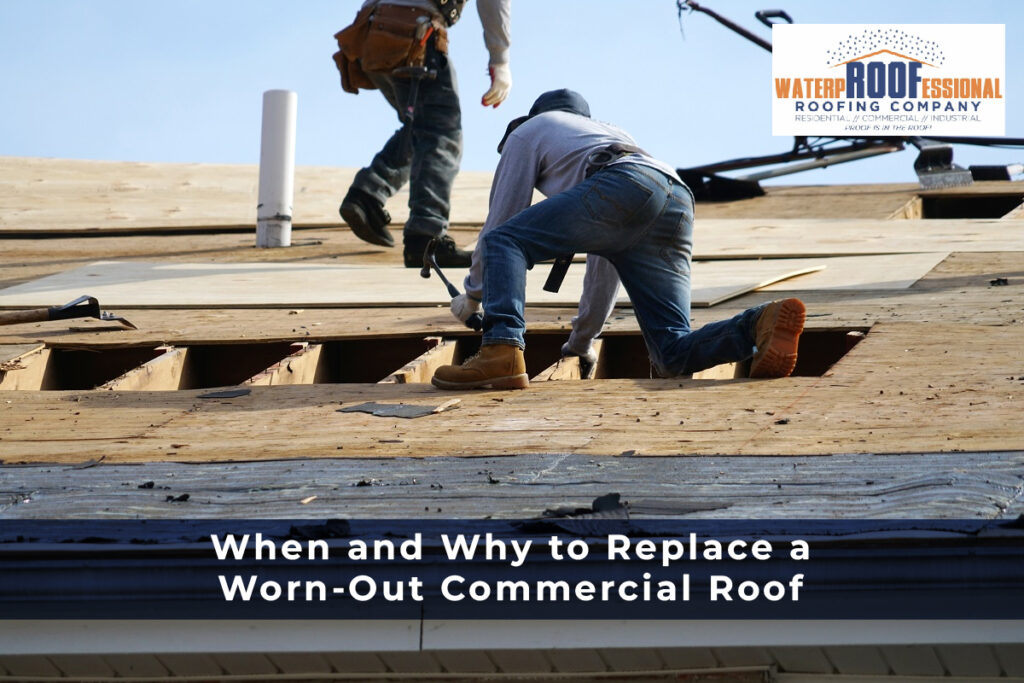Installing new flooring isn’t just about aesthetics—it’s about transforming your space with long-lasting value. Whether you’re laying down hardwood, laminate, or vinyl, the right approach makes a world of difference. The good news? You don’t need to be a professional to get a professional finish. With the right guidance, tools, and a bit of patience, your DIY flooring can look just as sharp as something done by a pro.
In this guide, we’ll walk you through the top floor installation tips, covering everything from prepping your subfloor to finishing touches. We’ll also help you avoid common floor installation mistakes, making sure your new floors look perfect for years to come. Let’s dive in.
Think Before You Lay: Planning is Everything
If you’re tempted to rip open those flooring boxes and get started right away, hold up. Proper planning is what separates good installs from great ones.
Measure Like a Pro
Before anything else, measure your room’s dimensions (length × width). Add 10% extra to cover cuts and waste. Trust us, it’s better to have too much than not enough.
Also, don’t forget to account for oddly shaped corners or closets. An accurate flooring estimate will save you time and money.
Pick the Right Material for the Right Room
Different rooms have different needs:
- Hardwood brings elegance but doesn’t love humidity.
- Laminate is more budget-friendly and scratch-resistant.
- Vinyl is a champ in moisture-prone areas like kitchens and bathrooms.
Want more help choosing the best flooring? Check out Waterproofessional’s floor installation services for expert advice.
Prep Your Subfloor Like a Boss
One of the biggest floor installation mistakes to avoid? Skipping subfloor prep. It’s not the most exciting part, but it’s necessary.
Clean, Flat, and Dry
Sweep away all debris, remove old adhesive, and make sure the subfloor is completely level. Use a leveling compound for any low spots. If you skip this step, your floor may creak or shift later on.
Check Moisture Levels
This step is especially important for hardwood floor installation and laminate floor installation. Too much moisture can ruin the planks. Use a moisture meter to test your subfloor. If it’s over 12%, you’ll need to dry it out or use a moisture barrier.
Acclimate Your Flooring—Don’t Skip This!
Let your flooring material adjust to your home’s temperature and humidity for at least 48–72 hours before installation. This is a must for hardwood and laminate.
Keep It Steady
Store the unopened boxes in the installation room. Keep the temperature and humidity stable during this time. This prevents gaps or buckling later on.
Why This Step Matters
Think of your floor like a sponge. It expands and contracts with the environment. Acclimating your planks helps them settle into your home’s natural conditions.
Gather Your Gear: Must-Have Tools & Materials
Before you start, make sure you have everything ready. Nothing kills momentum like having to stop and run to the hardware store.
Tools You’ll Need
- Tape measure
- Utility knife
- Chalk line
- Saw (miter or circular)
- Tapping block & pull bar
- Spacers
- Rubber mallet
Materials Checklist
- Your flooring of choice
- Underlayment (for laminate and some vinyl types)
- Adhesive or nails (for hardwood)
- Trim and transition pieces
- Moisture barrier (for concrete)
Trust us—being prepared means a faster, smoother install.
Floor Installation Techniques (Step-by-Step)
Every flooring type needs a slightly different method. Here’s how to do it right, whichever type you choose.
Hardwood Floor Installation Tips
- Start at the room’s longest wall.
- Use spacers to leave a ¼” expansion gap.
- Nail or glue each plank, depending on the subfloor type.
- Stagger your planks for a natural look.
Want professional help? Here’s a great local option.
Laminate Floor Installation Tips
- Lay down underlayment first.
- Click-lock floating floors are most common—no glue needed.
- Use a tapping block for tight seams.
- Leave room for expansion along all walls.
Vinyl Floor Installation Tips
- Choose between glue-down and floating vinyl planks.
- Floating vinyl uses a click-lock system, just like laminate.
- Make sure seams are tight and patterns are staggered.
Need a repair guide for laminate? Here’s one from our blog: Pro Tips to Repair Damaged Laminate Flooring
Final Details: The Secret Sauce to a Pro Finish
You’ve laid the planks—but don’t call it done just yet.
Install Trim & Molding
Use baseboards or quarter round to cover your expansion gaps. This adds a finished look and keeps dirt out. Nail them into the wall, not the floor—your flooring needs room to breathe.
Clean Up & Inspect
Vacuum any debris and wipe down the floor with a dry microfiber cloth. Look for gaps, lifted edges, or loose planks. Fix anything that looks off before calling the job complete.
Maintenance: Keep It Looking Fresh
Now that you’ve done the hard work, protect it!
Regular Cleaning Tips
- Sweep or vacuum daily.
- Use damp (not wet) mops.
- Avoid steam cleaners unless your flooring is rated for it.
Long-Term Protection
- Use furniture pads.
- Add rugs in high-traffic areas.
- Keep indoor humidity between 35%–55%.
These habits will keep your floor looking brand new.
Final Thoughts: You Got This!
Installing your floor can feel overwhelming, but it’s doable. With these flooring installation guide tips, the right tools, and a little patience, you can avoid the most common floor installation mistakes and get a stunning finish.
Still unsure or need help? Don’t hesitate to contact the pros at Waterproofessional. They specialize in floor installation in Champaign, IL, and beyond—and they’re just a click away.
FAQs: We’ve Got Answers
Q: Can I install new floors over the old ones?
A: Yes, in some cases—especially with vinyl. But the existing floor must be flat, dry, and secure.
Q: What’s the best flooring for a DIY project?
A: Laminate and vinyl are beginner-friendly. They click together easily and don’t require nails or glue.
Q: How important are expansion gaps?
A: Very. Without them, your floor might buckle during humid months. Always leave ¼” around walls and fixtures.
Q: How long does a typical installation take?
A: For one room (200–300 sq. ft.), a DIY job usually takes 1–2 days, depending on experience and floor type.




